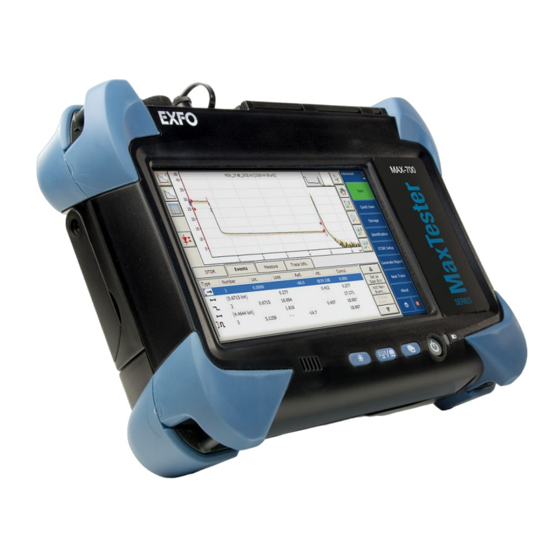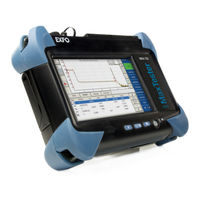
EXFO MAX-700 Manuals
Manuals and User Guides for EXFO MAX-700. We have 2 EXFO MAX-700 manuals available for free PDF download: User Manual
EXFO MAX-700 User Manual (381 pages)
Brand: EXFO
|
Category: Test Equipment
|
Size: 6 MB
Table of Contents
Advertisement
EXFO MAX-700 User Manual (381 pages)
Brand: EXFO
|
Category: Test Equipment
|
Size: 6 MB
Table of Contents
Advertisement

